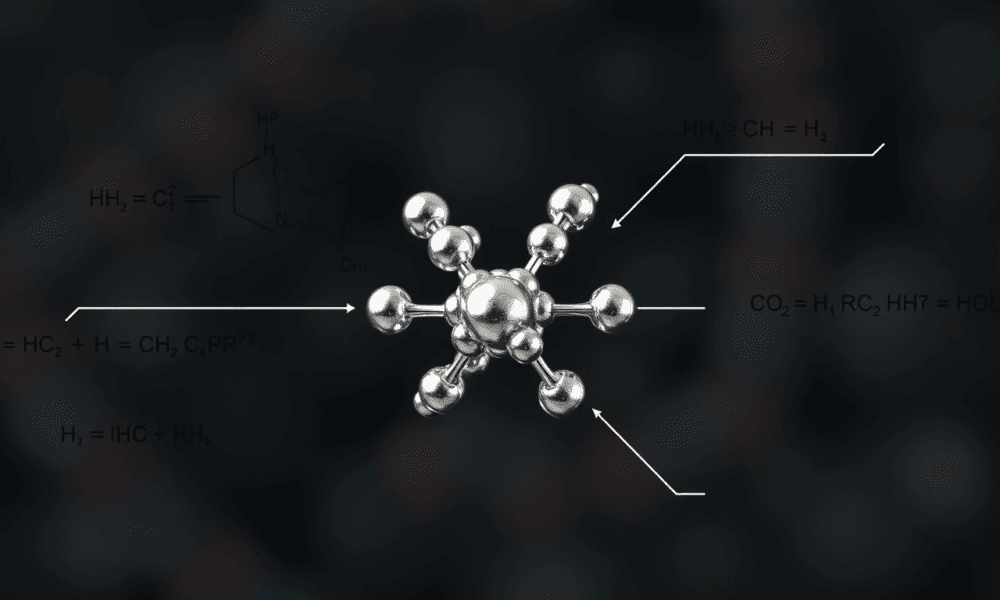


A team in Milan has developed a first-of-its-kind single-atom catalyst that acts like a molecular switch, enabling cleaner, more adaptable chemical reactions. Stable, recyclable, and eco-friendly,...



By exploring positive geometry, mathematicians are revealing hidden shapes that may unify particle physics and cosmology, offering new ways to understand both collisions in accelerators and...



Scientists have, for the first time, experimentally proven that angular momentum is conserved even when a single photon splits into two, pushing quantum physics to its...



Researchers have found a clever way to make quantum dots, tiny light-emitting crystals, produce streams of perfectly controlled photons without relying on expensive, complex electronics. By...



A groundbreaking quantum device small enough to fit in your hand could one day answer one of the biggest questions in science — whether the multiverse...



Physicists have heated gold to over 19,000 Kelvin, more than 14 times its melting point, without melting it, smashing the long-standing “entropy catastrophe” limit. Using an...



At the Large Hadron Collider, scientists from the University of Kansas achieved a fleeting form of modern-day alchemy — turning lead into gold for just a...
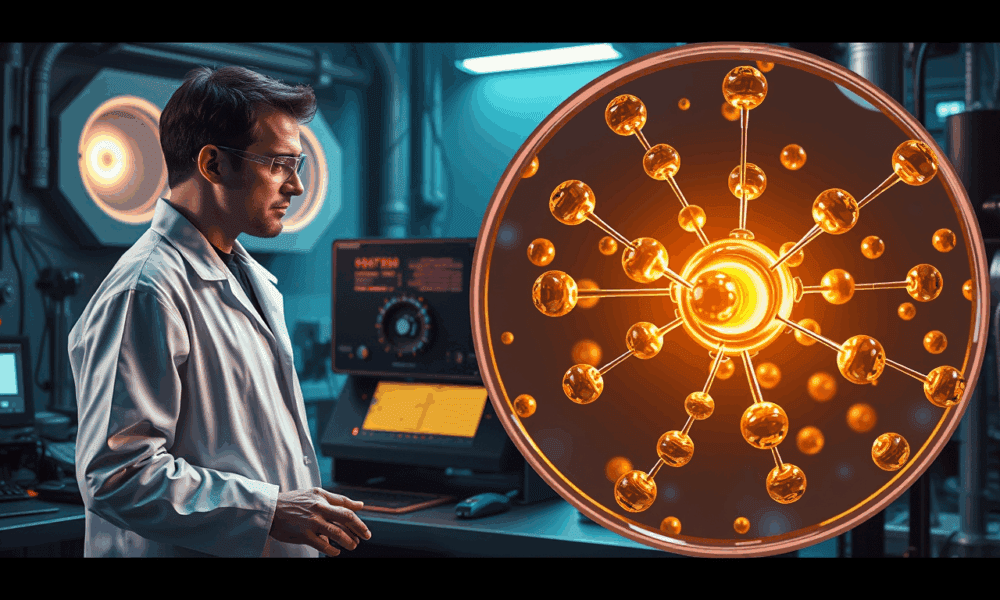
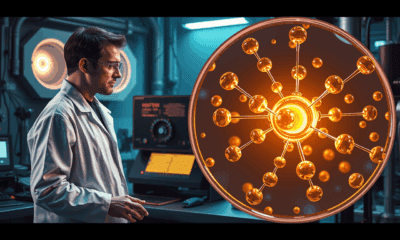

Scientists at SLAC unexpectedly created gold hydride, a compound of gold and hydrogen, while studying diamond formation under extreme pressure and heat. This discovery challenges gold’s...



Plastic pollution is a mounting global issue, but scientists at Washington University in St. Louis have taken a bold step forward by creating a new bioplastic...
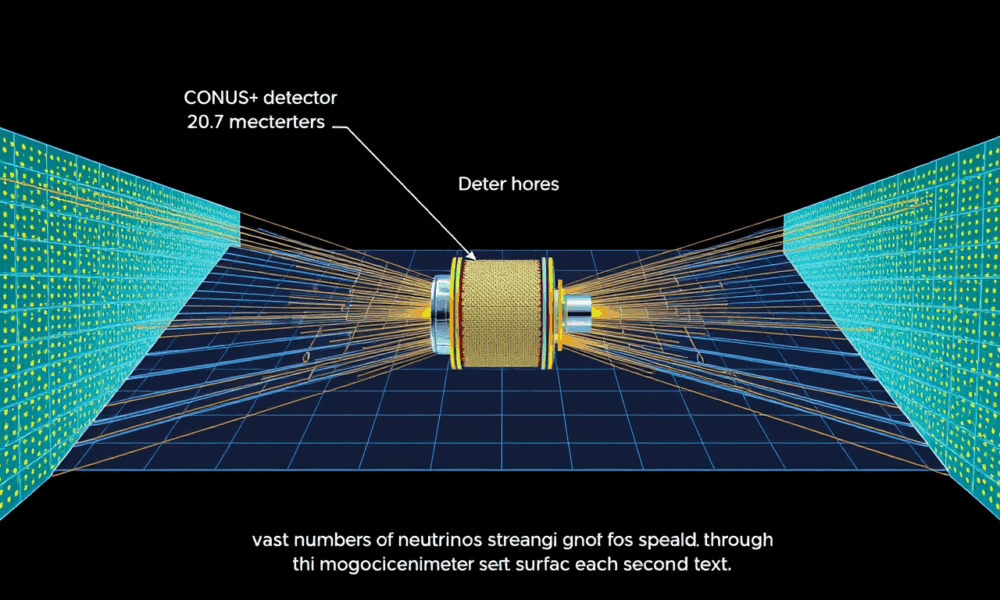
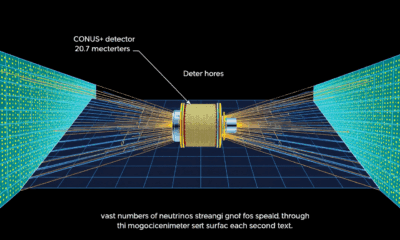

A tiny 3 kg detector has made a huge leap in neutrino science by detecting rare CEvNS interactions at a Swiss reactor. This elusive effect, long...